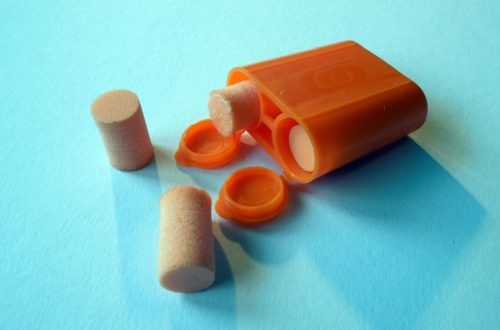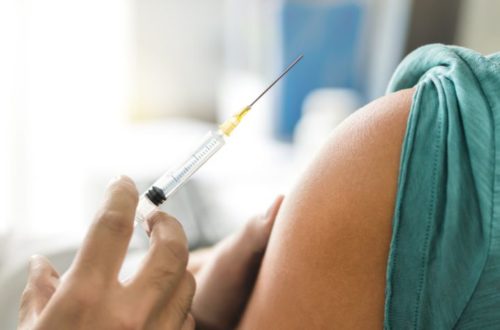Surgical Hand Scrubbing and Washing Technique

It took many years for the practice of hand washing to become commonplace in medicine, and for many years, the act remained controversial. Ultimately, it wasn’t until the 1870s that surgeons started to scrub their hands regularly. It wasn’t an official recommendation for public health until the 1980s, when the first national guides for hand hygiene were put into circulation.
Nowadays, to maintain a sterile field and prevent the spread of infection, doctors, surgeons, and other medical professionals must meticulously wash their hands before performing any procedure or surgery. It may seem simple, but there is a specific technique to surgical hand washing and scrubbing that yields the best results.
What You’ll Need
Before you can begin washing your hands, you’ll need to take inventory of the products necessary to thoroughly clean your hands, under your fingernails, and your forearms. You’ll need antimicrobial soap that is easily dispensable and not in bar form. A bar used by many surgeons can easily harbor and spread germs even if you thoroughly clean your hands.
You’ll also need a surgical scrub brush and nail cleaner. Fortunately, many medical equipment wholesalers and manufacturers sell scrubs and nail cleaners together. You may want to consider stocking up on multiple kinds of scrub brushes, as some staff with sensitive skin may be sensitive to harsh bristles.
What To Avoid
Ultimately, you want to avoid touching any part of the sink to avoid the spread of germs. You can use your elbows to turn on the water if you have to. Ideally, when choosing a scrub sink for your OR, you will have selected a sink with touchless features that allow staff to dispense soap and water using sensors or peddles.
You also want to avoid using excessively hot water. Washing your hands with very hot water may be tempting, as hot water tends to kill germs. However, the excess heat can dry out and damage the skin, making it uncomfortable and even painful to continue washing. It’s best practice to use cool water when washing your hands. Additionally, it’s important to note that if your hand touches anything except the brush, you must continue scrubbing that area for another minute and avoid splashing anything on your surgical attire.
The Scrubbing Technique
Now that you’re ready to wash your hands, your first step is removing rings, jewelry, and watches. Ideally, you’ll remove them before you come to work, but if you wear them to work, put them in a safe place before washing your hands. It’s important to note that you will only wash one hand and arm at a time during this process. When you’re finished with this surgical hand scrubbing and washing technique, repeat the process with the next hand and arm.
You must then inspect your hands and make sure they are free of cuts and that your nails are the right length. To do so, flip your hands upside down and see if they go past your fingertips—if they do, you will need to trim them. If you are wearing any nail polish, it must be free of chips or cracks.
Once you are ready to begin washing, locate the soap, turn on the water, and wash your hands with the bacterial soap. Rub your hands together to lather the soap and wash the back of your hands, between your fingers, and up your forearms. Once you’ve dried your hands, use the nail cleaner to remove any dirt from underneath your fingernails and dispose of the cleaner when finished.
Then, grab the scrubber, apply the soap to it, or activate the soap under the water, make a pinching motion, and rub back and forth across the nails about 30 times. Then, scrub your palm, the back of your hand, each side of your fingers, and each side of your forearms 10 times.
To finish, rinse your arms by passing them through the water, dry your hands with a sterile towel, and hold your hands above your elbows. Now, you’re ready to enter the OR!
Would you like to receive similar articles by email?





